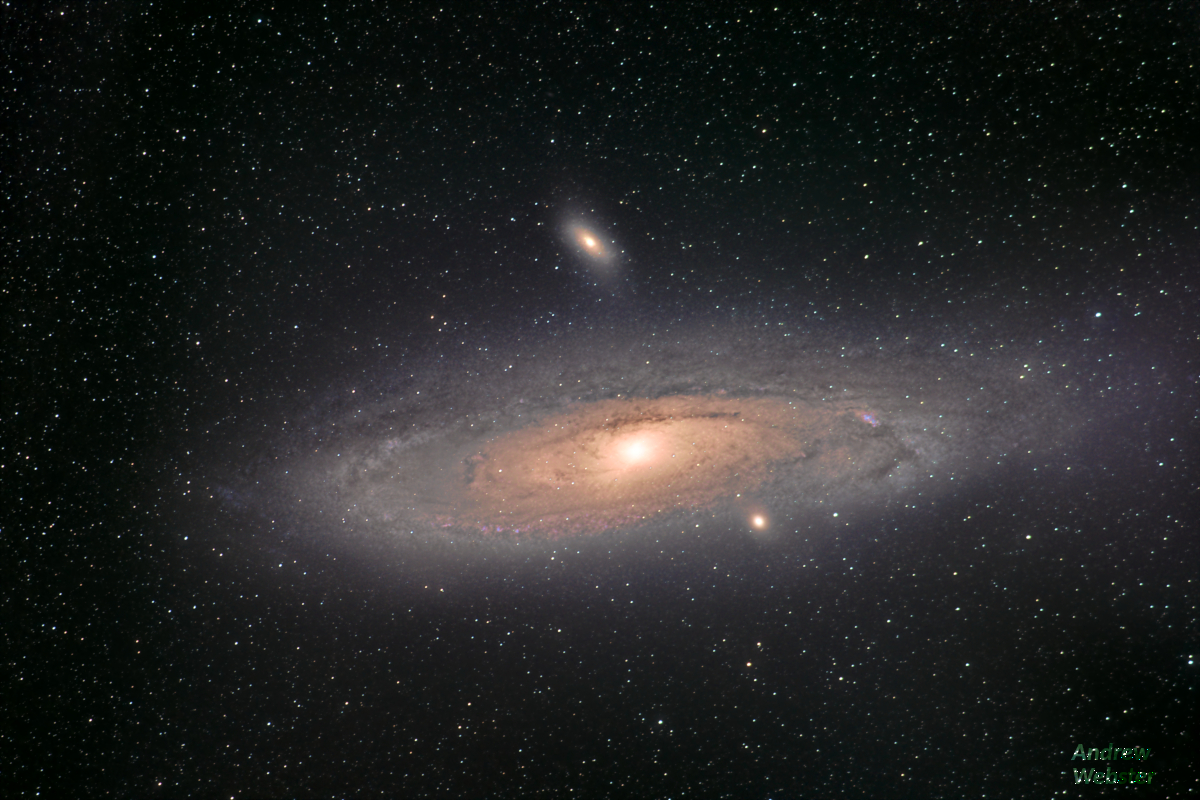I have a K-1ii. I have a Star Adventurer mount. I have never used the Astrotracer, preferring the mount. Friend of mine also has the K-1ii, but no motorised EQ mount. There has been colourful language pretty much every time we've gone out to do astro together.
If I'm shooting a longer focal length (and this is usually NOT with my K-1, but actually with a micro four-thirds camera), I find I rarely have to make adjustments to the camera position...it just follows the rotation so nicely. If I was using my K-1 with astrotracking, I would have to adjust it quite frequently.
K-3iii GPS-less tracking. Well...this is very exciting indeed. For your type of shooting though, how much will you get out of it? If you're taking a series of shots over even a fairly short period with a long focal length, can you even keep the subject in frame for the series?
---------- Post added 12-10-21 at 08:11 PM ----------
 Originally posted by MossyRocks
Originally posted by MossyRocks 
If you liked that one when I say I went back and reprocessed that stack to get more out of it this is what I manged:
Again all the shots that were stacked for that image were taken with astrotracer on my K-3.
That is a very nice image. I think just go with whatever MossyRocks says.


 Similar Threads
Similar Threads 















 Post #2 by MossyRocks
Post #2 by MossyRocks








